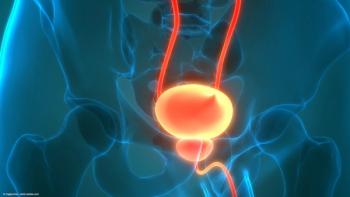
Christof Vulsteke, MD, PhD, discusses results from the KEYNOTE-905 trial, evaluating perioperative EV/pembrolizumab in cisplatin-ineligible MIBC.

Christof Vulsteke, MD, PhD, discusses results from the KEYNOTE-905 trial, evaluating perioperative EV/pembrolizumab in cisplatin-ineligible MIBC.

In this episode, Adam Weiner, MD, and Michael Leapman, MD, discuss the current state of active surveillance for intermediate-risk prostate cancer.

According to the authors, immune-mediated adverse events were manageable and consistent with the known profiles for ICIs.

Tatem discusses his latest research on treating ventral curvature in Peyronie disease using collagenase clostridium histolyticum (Xiaflex).
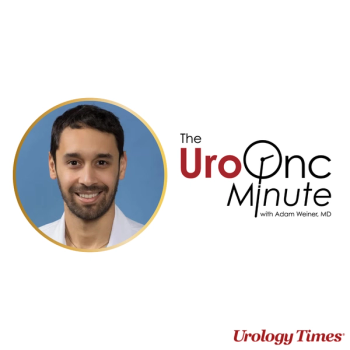
The UroOnc Minute, hosted by Adam Weiner, MD, is the latest multimedia program from Urology Times.

Avvio Medical plans to submit a de novo application for clearance of the device in early 2026.

Scott B. Sellinger, MD, FACS, discusses the challenges facing urologists, the loss of telehealth flexibility, and why bipartisan action remains urgent.

Merck plans to share these data with regulatory authorities worldwide.

The key finding was that men who received rectal spacers had a 50% lower risk of biochemical failure.

The phase 3 LITESPARK-011 trial has met its primary end point.

According to the authors, this combination represents a potential new standard of care for this patient population.

The code, J9282, will be effective on January 1, 2026.
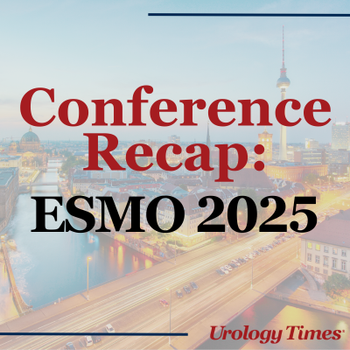
Take a look through the top readouts in urologic oncology from ESMO 2025.

Three cycles of chemotherapy was shown to improve patient-reported outcomes vs six cycles, with no detriment to overall survival.

With over 2 decades of experience, Edney reflects on how his passion for health policy and advocacy evolved alongside his clinical career.

Initial data on pasritamig showed that the agent was well-tolerated and had encouraging preliminary anti-tumor activity in patients with mCRPC.

Data indicates that the DFS improvement was largely driven by the treatment effect in the higher risk population.

The PDUFA target action date for the application is April 7, 2026.


The mean baseline FACT-G total score for the niraparib group was 79.7 (standard deviation [SD], 14.9) and was 79.3 (SD, 15.2) for the placebo group.

Chan shares how her passion for research and desire to impact patients on a broader scale led her from academia to industry.

In patients who were ctDNA positive, median DFS was 9.9 months (95% CI: 7.2-12.7) in the atezolizumab group vs 4.8 months (95% CI: 4.1-8.3) in the placebo group.
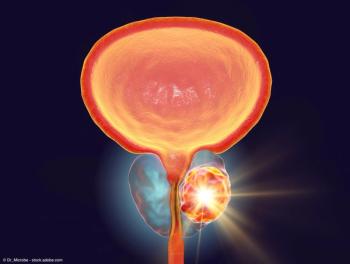
“Overall, the combination of saruparib plus an ARPI was well tolerated," Arun Azad, PhD, MBBS.

"The primary end point was met, showing a statistically significant rPFS benefit with the combination of capivasertib and abiraterone," said Karim Fizazi, MD, PhD.

Regarding the primary end point, “4 patients showed a partial response, leading to a response rate of 17%," said Srikala S. Sridhar, MD, MSc, FRCPC.

Stephen J. Freedland, MD, reported that with combination enzalutamide/leuprolide, the risk of death was 40.3% lower vs leuprolide alone.
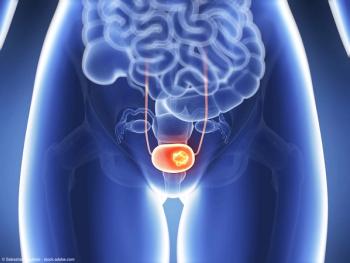
“This is the first trial to show an overall survival benefit in this population,” Christof Vulsteke, MD, PhD, noted.

Andrea Necchi, MD, reported a pCR rate of 38% (95% CI: 28-49) for cohort 1 vs 28% (95% Ci: 16-44) for cohort 2.
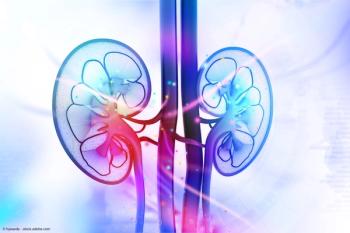
The median progression-free survival was 15.7 months with the combination of lenvatinib plus everolimus compared with 10.2 months with cabozantinib (HR, 0.51; 95% CI, 0.29-0.89; P = .02).

“POTOMAC met its primary end point of disease-free survival in the ITT [intent-to-treat] population," said Maria De Santis, MD.